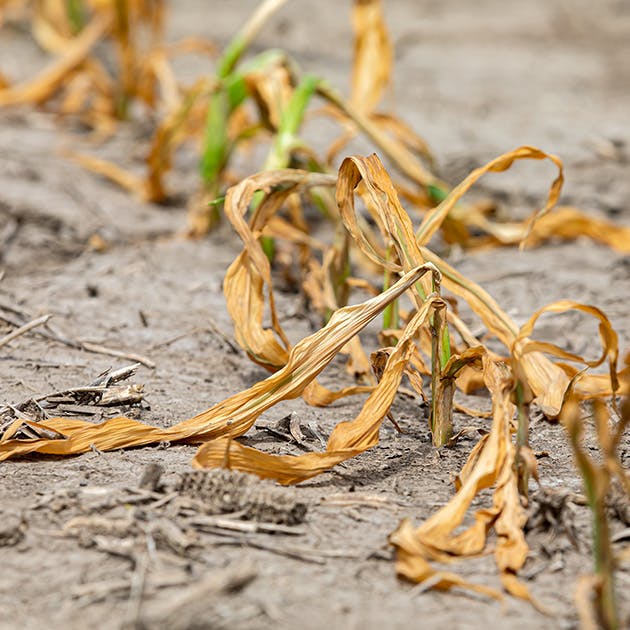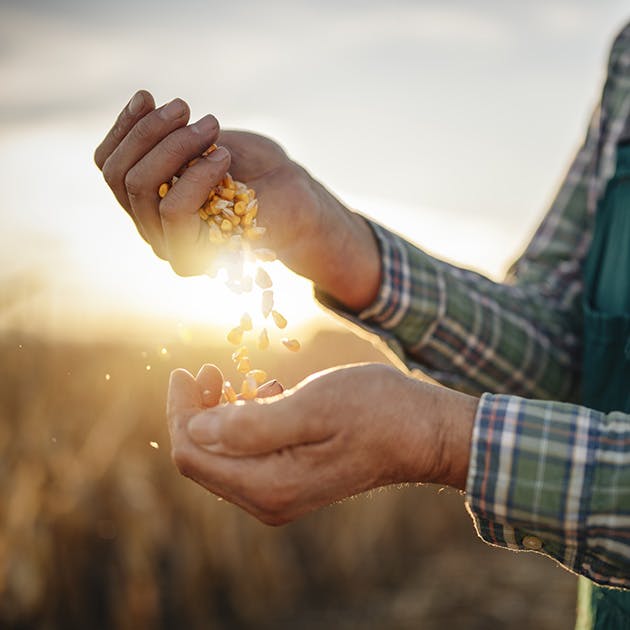
Agriculture and food systems are a huge part of the climate solution
Looking to the future, we must work together to create an agricultural industry that helps farmers adapt to climate change and still run a commercially viable business. Protecting our planet and renewing Earth’s natural ecosystems is equally important.
The way forward is to radically transform today’s farming systems and transition to regenerative and climate- smart agriculture practices that continue to produce the food we all need, while protecting our planet and its resources.
Our Brand Purpose
Performance & Sustainability Together
The world is facing a great challenge.
Greenhouse gas emissions from agriculture continue to increase, further contributing to climate variability and unpredictable weather patterns. Soil degradation has impacted 40% of land globally and the FAO predicts 90% of the earth’s precious topsoil is likely to be at risk by 2050. The agricultural industry must shift to more sustainable practices. But using a sustainable product doesn’t mean a trade off in crop productivity. In fact, we see no trade-off between sustainability and performance. Instead, we see huge potential in generating value for agriculture and nature with our biostimulant innovations.
Through innovative solutions that promote sustainable, low-emission and resilient farming, we help to protect the climate (SDG 13), restore degraded soil and improve biodiversity (SDG 15), while responsibly managing the natural resource of the seaweed we harvest (SDG 14).
The answer is using our science of the sea.
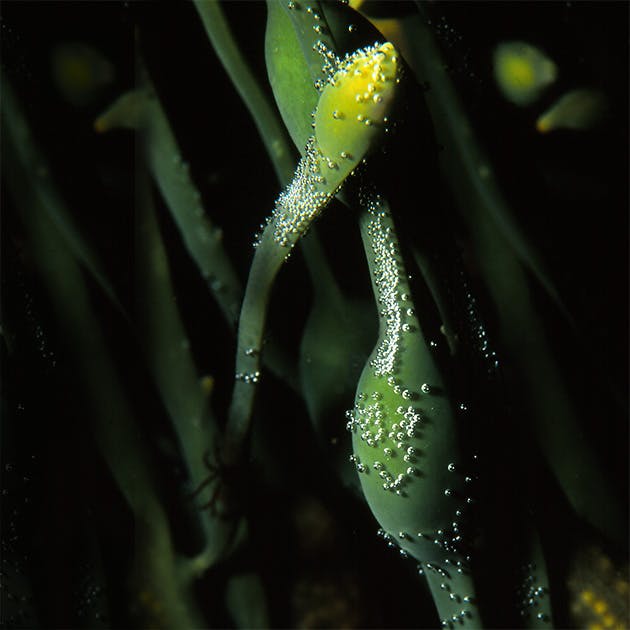

Performance
Our products are part of an integrated crop management approach that complements fertilizer, biostimulation and crop protection products.
Acadian seaweed extracts are scientifically proven to enhance both plants’ resiliency to environmental stressors and overall health. Both of which are essential to protecting the potential yield of a crop.
Sustainability
At Acadian Plant Health™, it’s not only about sustainable agriculture; sustainability is at the forefront of everything we do. We believe it is possible to improve crop production and management, while respecting the environment and society.
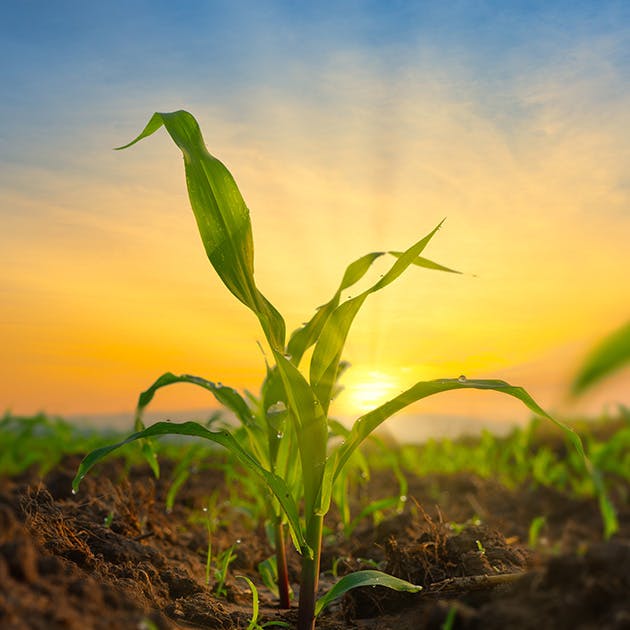
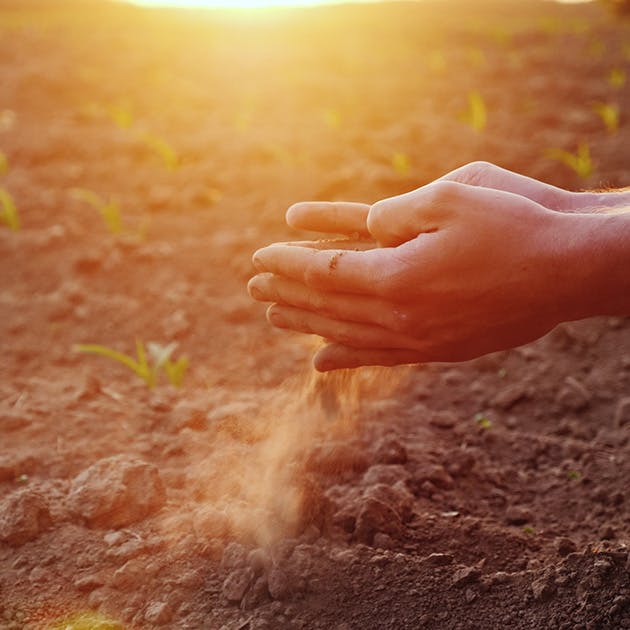
Regenerative Agriculture
With half of the world’s farmable land currently degraded, regenerative agriculture holds the potential to significantly cut the industry’s emissions, by improving soil health and consequently contributing to a more resilient food system, according to the World Economic Forum.
Adding Acadian biostimulant solutions to crop care inputs can help transition to regenerative agriculture methods without sacrificing productivity or yield in a cost-effective way. Improving soil fertility and soil health, both of which are foundational to any regenerative and sustainable agri-food system.
Climate
Farmers are encountering challenges like never before. Agriculture depends heavily on environmental conditions and is acutely vulnerable to the deleterious effects of climate change. Using Acadian biostimulants can help mitigate these challenges along with contributing to a healthier and more resilient agricultural system.
